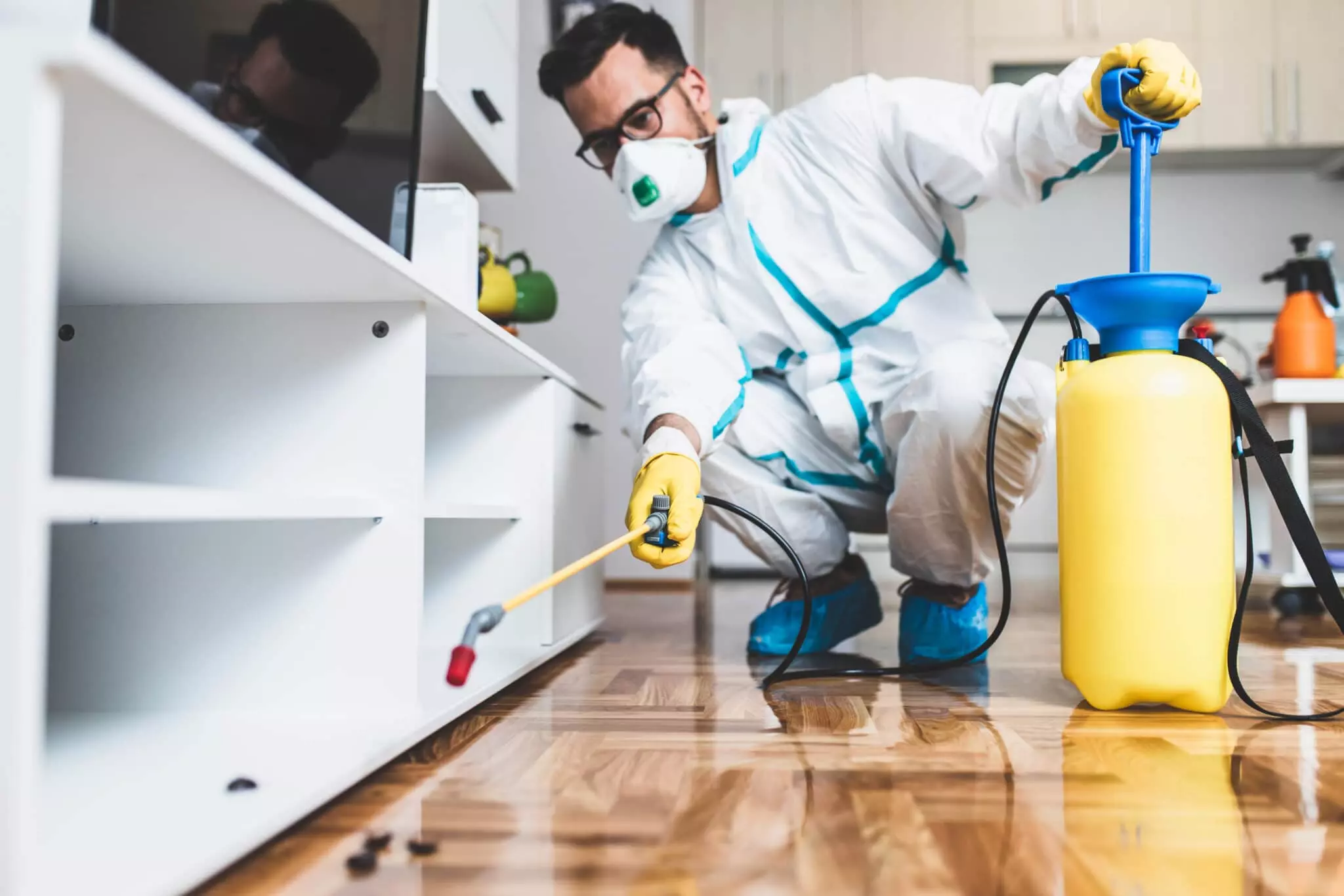High Quality A1 Pest Control Services Charlotte - Protect Your Home
High Quality A1 Pest Control Services Charlotte - Protect Your Home
Blog Article
Bed Pest Therapy Malfunction: Comparing Chemical Vs. Non-Chemical Solutions
In the world of insect control, specifically when taking care of the persistent problem of bed bugs, the selection between chemical and non-chemical treatment remedies can be a critical one. Both strategies provide unique benefits and downsides, affecting variables such as effectiveness, security factors to consider, and total cost. By checking out the nuanced information of each technique, a more clear understanding of which course to pursue in dealing with a bed pest infestation can be obtained.
Effectiveness of Chemical Treatments
Chemical therapies for bed pest infestations have been widely recognized for their quick and potent effectiveness in eliminating these pests. When considering the effectiveness of chemical treatments, it is important to recognize that they can give a detailed and fast remedy to a bed pest problem. Professional pest control experts often count on insecticides to target bed insects at various stages of their life cycle, consisting of nymphs, adults, and eggs. These chemicals usually function by interfering with the bed bugs' nerve system, leading to paralysis and eventual fatality.
Furthermore, chemical treatments have the advantage of offering recurring results, indicating that they can continue to remove bed pests also after the preliminary application. This residual activity is especially useful in combating any possible re-infestations. Furthermore, the fast action of chemical treatments can bring alleviation to individuals facing extreme bed pest problems, enabling them to gain back control of their living spaces quickly.
Security Worries With Chemical Solutions
One critical element that calls for cautious consideration when using chemical remedies for bed pest treatment is ensuring the safety and security of occupants and the atmosphere. Direct exposure to specific chemicals made use of in bed pest therapies can lead to breathing concerns, skin irritation, or other adverse reactions, especially in people with pre-existing conditions or level of sensitivities.
Additionally, the environmental effect of chemical services is another substantial factor to consider. Some chemicals utilized in bed insect treatments may be hazardous to beneficial insects, wild animals, and communities if they seep right into the dirt or water systems. It is vital to utilize chemical treatments deliberately, adhering to safety and security standards, and considering much less toxic options to mitigate these threats and make certain the efficient and risk-free monitoring of bed insect invasions.
Benefits of Non-Chemical Techniques
Considering the prospective security problems and ecological effect associated with chemical solutions for bed insect therapy, discovering non-chemical strategies presents an encouraging choice with numerous distinctive benefits. Non-chemical treatments are environmentally friendly, as they do not contribute to air or water pollution, making them a sustainable choice for insect control.
Additionally, non-chemical remedies can be reliable in targeting bed bugs, consisting of hard-to-reach areas where chemical therapies might not pass through. Approaches such as heat therapy, vacuuming, heavy steam cleansing, and mattress encasements give detailed elimination without the usage of damaging chemicals. Furthermore, non-chemical techniques can be less turbulent, requiring minimal prep work and enabling quicker reentry the pest company right into treated areas. On the whole, selecting non-chemical bed insect treatment techniques not only focuses on safety and environmental management however likewise makes certain reliable and detailed bug control.
Limitations of Non-Chemical Treatments

Furthermore, non-chemical therapies frequently need numerous applications to achieve successful elimination. This can be time-consuming and may not always ensure full removal of all bed bugs and their eggs, specifically in hidden or hard-to-reach places.
Moreover, the success of non-chemical therapies greatly depends on appropriate execution and thoroughness, which can be testing for individuals without specialist know-how. Poor application of non-chemical approaches may lead to insufficient eradication, causing persistent problems web link and the need for extra therapies.
As a result, while non-chemical treatments have their benefits, it is necessary to recognize these limitations and consider them when figuring out the most effective approach for taking care of bed pest invasions.
Cost Contrast: Chemical Vs. Non-Chemical Options
Given the limitations connected with non-chemical treatments, an essential facet to assess in the context of bed insect monitoring is the expense comparison between chemical and non-chemical alternatives. Chemical therapies generally involve the application of pesticides by experts, which can range from $250 to $900 per space, depending upon the severity of the infestation and the size of the location to be dealt with. In comparison, non-chemical therapies like warmth treatment or vapor can be much more pricey, with prices ranging from $1,000 to $6,000 for a whole home. While the first price of chemical therapies might appear advice lower, several treatments might be needed to totally remove the invasion, potentially increasing the general price. On the various other hand, non-chemical alternatives might give a much more green and lasting solution, although they can be cost-prohibitive for some people. Eventually, when taking into consideration the expense of bed insect treatment options, it is necessary to weigh the in advance costs versus the effectiveness and long-lasting sustainability of the picked approach.
Verdict

Considering the potential safety and security worries and environmental impact linked with chemical options for bed pest therapy, discovering non-chemical methods presents an encouraging choice with several distinct advantages.Given the constraints connected with non-chemical therapies, a crucial facet to examine in the context of bed bug monitoring is the expense comparison between chemical and non-chemical choices. In contrast, non-chemical therapies like warmth treatment or vapor can be much more expensive, with expenses ranging from $1,000 to $6,000 for a whole home. While the preliminary expense of chemical therapies might appear reduced, multiple treatments may be called for to totally eliminate the problem, potentially boosting the overall expense.In conclusion, when contrasting chemical and non-chemical bed bug therapy options, it is necessary to think about efficiency, safety and security, benefits, limitations, and cost.
Report this page